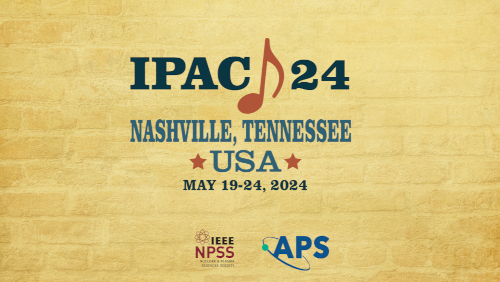Speaker
Description
Tantalum has been used as cladding material for water-cooled solid tungsten targets at many leading spallation neutron production facilities thanks to its high neutron yield, manageable radiation damage behavior, and excellent corrosion/erosion resistance in radiation environments. However, from a safety hazard perspective, thermal neutron capture of tantalum in spallation environments causes a high specific decay heat in the target volume, which often becomes a limiting factor in increasing the beam power on the target. In this paper, we studied vacuum hot pressing (VHP) parameters to diffusion bond zirconium to tungsten to explore the feasibility of using zirconium alloys as an alternative cladding material to tantalum. Zirconium alloys have long been used as cladding material for early generation solid spallation targets, and nuclear fuel rods. In spallation environments zirconium has significantly lower decay heat with shorter decay time compared to tantalum. The hot isostatic pressing (HIP) of zirconium and tungsten is known to produce limited bonding quality due to the formation of the brittle ZrW2 intermetallic layer. To overcome this problem, placing a vanadium interlayer between tungsten and zirconium has been proposed by exploring parameter space in binary alloy
phase diagrams. Under the VHP conditions, 860 ◦C at 70 MPa for 4 hours, Zr-V and V-W showed good diffusion bonding, which demonstrates the feasibility of a single step HIP process to make the zirconium alloy clad tungsten spallation volumes.
| Region represented | North America |
|---|---|
| Paper preparation format | LaTeX |

